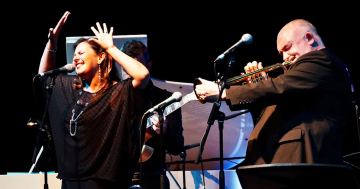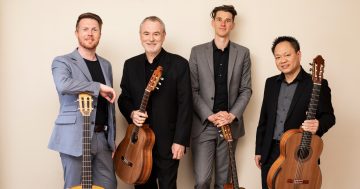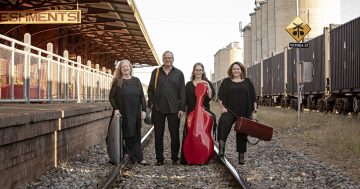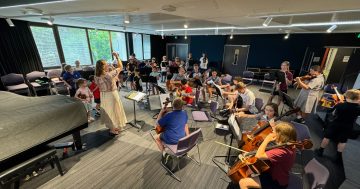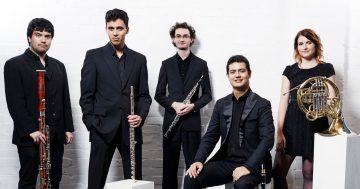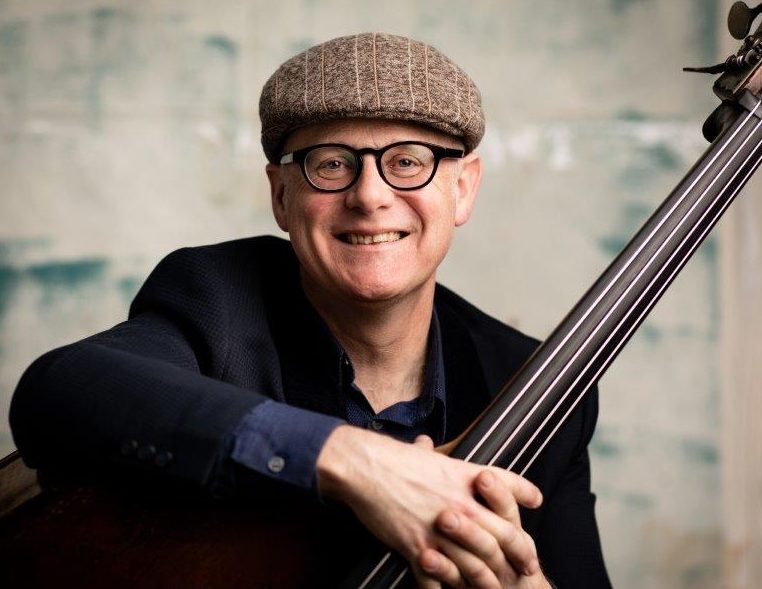
British musician Sandy Burnett is passionate about helping people connect with classical and jazz music. Photo: Supplied.
When it comes to the musical genres of jazz and classical, knowing where to start can be intimidating to the uninitiated, which is why Sandy Burnett is here to break things down.
The British musician and broadcaster is touring the country at the moment on behalf of the Australian Decorative and Fine Arts Societies (ADFAS) and will be in Wagga this week to speak about ‘the Age of Jazz’ and to provide a crash course in classical music.
“I really make an effort to try and open it out to general audiences who know a lot of other things but maybe haven’t got a handle on how to get into classical music,” Sandy said, taking a break from practising on a borrowed double bass in his Melbourne Hotel.
“Somebody is lending me an instrument for three days so I’m furiously training because I’ve got to keep in touch physically as a player as well as a lecturer!”
Sandy describes himself as a “mixed up musician” whose journey began learning classical music in the notoriously tough industrial Scottish city of Glasgow.
“As a young bespectacled boy carrying a violin around Glasgow in the 1970s, I was not marked out as the average Glaswegian,” he said with a laugh.
From violin and piano, Sandy moved to bass and guitar, playing pop music through his teens before settling on the double bass and developing a strong interest in jazz.
He toured the world as music director with Britain’s Royal Shakespeare Company and the National Theatre and is now well known for his role as a presenter on BBC Radio 3.
“Today I play a lot of jazz, double bass and I’m a mixture of being a classical musician, a jazz musician, a broadcaster and a kind of educator,” Sandy explained.
“The climate is fairly tough for musicians in every country, really, so I embrace the need to be versatile and it stimulates me.”
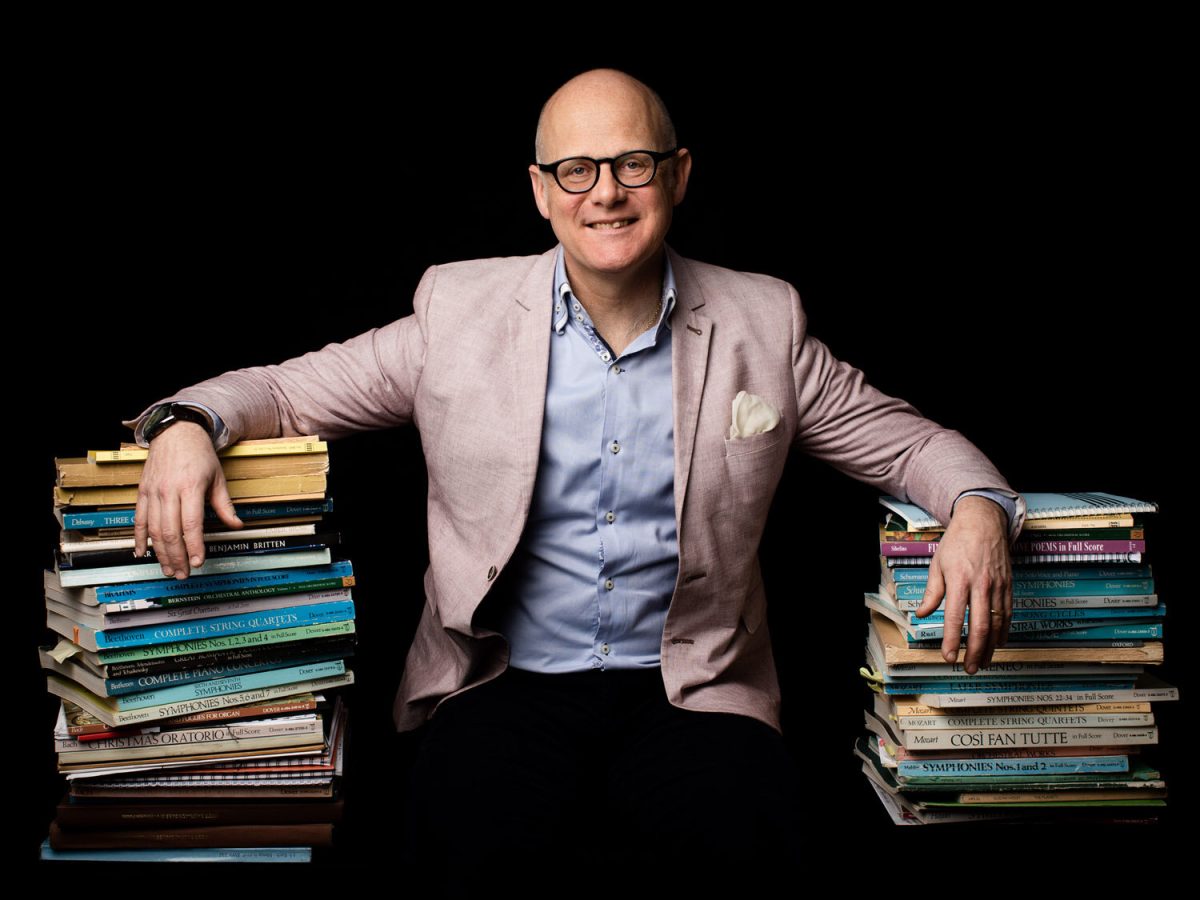
Sandy Burnett describes himself as a musician, broadcaster and evangelist for music. Photo: Supplied.
While he concedes that listeners may need to work a bit harder to appreciate classical music, Sandy said that if you are prepared to make the effort, it can be very rewarding.
“One of the biggest differences between classical music and the kind of pop music we might normally think of is that unlike pop, there’s not that regular beat,” he explained.
“So, once you take away the drum kits or whatever, it makes things incredibly interesting because you can take all sorts of liberties with the beat and stretch the beat and suddenly speed up and it’s actually quite liberating not to have that four-to-the-floor bass drum underneath everything.”
The crash course runs through the big guns such as Mozart and Haydn and concludes in 1913 with Stravinsky’s ballet, The Rite of Spring, that Sandy said provided a great mix of complexity and simplicity.
“The interesting thing about the ballet score is that you’ve got one element of it that is incredibly intellectual and with lots of complicated musical things going on, and at the other are lots of pop tunes that Stravinsky imagined Russian peasants would have sung centuries ago,” he said.
“So I’m showing how to get into a very complex piece of music by guiding people towards the entry points.”
With his second lecture, Sandy transitions into one of the 20th century’s most important musical genres, swapping the precise repetition of classical for the freewheeling improvisation of jazz.
“Jazz is also deeply rooted in tradition, but it’s an aural tradition, where things are passed down by ear and learned by ear,” he said.
“Jazz musicians improvise with the solos and essentially they are bringing a quite basic tune or chord sequence to life.”
Sandy will be at the Riverina Conservatorium of Music on Friday and Saturday (14 and 15 July) and hopes to provide a fresh approach to two inspiring music traditions.
“If you come in with an open mind, I promise there’ll be lots to interest you because I will show everybody, whether they come as experts or novices, a new way to think about music.”
You can find out more and book tickets here.







